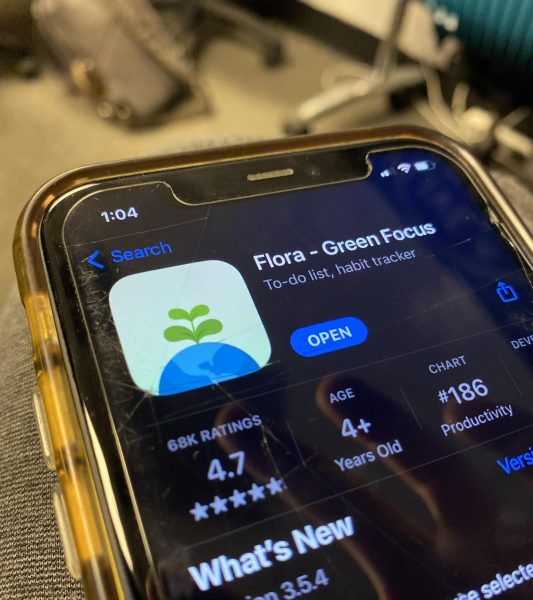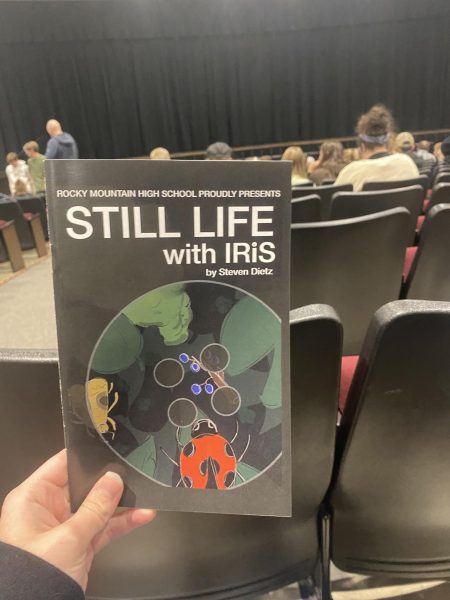Top Ten Hardest Languages for English Speakers to Learn

Duolingo is a good way to practice a language.
There are more than 7,100 languages spoken in the world today. That’s a lot and that’s not including all of the dead languages that once existed. Language plays a huge part in culture. Words and phrases hold history and cultural significance. They carry stories. Unfortunately, language also has a history of keeping people from interacting with each other.
Language barriers are an unfortunate part of the world and, while there are a lot of ways to translate and communicate between different language speakers there are some particularly difficult languages that are very difficult to translate. For those, it might be more useful to learn them. Of course, the harder they are to translate, the harder they are to learn. Out of the 7,100 languages of the world here are the top ten hardest languages for English speakers to learn
10. Polish
With around 38 million speakers, Polish is the hardest West Slavic language for English speakers to learn. The language has seven cases which are the grammatical functions of a noun or pronoun like I, me, my, and mine. English only has four. These cases make Polish grammar much harder for English speakers to grasp. Polish grammar also includes a complicated gender system, words, and phrases changing for different gender references and pronouns. Polish is spoken, mostly in, you guessed it, Poland
9. Icelandic
Icelandic is a less common language with only around 350.000 speakings in the world today. The language has remained relatively unchanged since its creation because, as opposed to adopting foreign words to fit modern concepts, Icelandic speakers have instead shaped old words to mean new things or, in some cases, made entirely new words. Because of this, learning the language probably requires more study of the language’s history for one to be able to fully understand the evolution of old words and the creation of new ones. The language is spoken primarily in Iceland.
8. Navajo
A little-known language with only around 170,000 spoken in the world, Navajo is notoriously difficult to learn because of the use of verbs. In Navajo, most descriptions are given through verbs instead of through adjectives. That means that most of the English adjectives can’t be directly translated into Navajo. Navajo also has its own alphabet with 32 consonants and 4 basic vowels. The reason that there are more letters is that the language has sounds that are not part of the English language at all. Navajo is the most spoken Native American language spoken mostly in Arizona, New Mexico, Utah, and Colorado.
7. Basque
Basque is a unique language. Technically speaking, it is what is called an isolate language which means that it has no relation to any other language family or another language isolate. It also has six different dialects which make the language especially difficult to learn. Basque is a vulnerable language, with only 434,000 speakers including only about 6,000 people speaking it as their only language. Basque is primarily spoken by Basques and others of the Basque Country, adjacent to parts of northern Spain and south-western France.
6. Finnish
Finnish is spoken by a few more people than Basque and Navajo. 5 million people to be more precise. Spoken mainly in Finland and Sweden, Finnish is especially hard for English speakers to learn because, while the lettering and pronunciation are similar to English, the grammar more than makes up for any similarities elsewhere. It has a very complicated case system with 8 cases. Plus, the pronoun system is much harder to grasp than most non-isolate languages. Another unique quality of Finnish is the unique emotional expression. Finnish has a system of formal and informal expression that expands vocabulary.
5. Korean
Like Basque, Korean is an isolate, separate from all language groups. Korean grammar is especially unique in sentence form. In Korean, writing even a simple sentence is completely different from English order. The subject of the sentence goes first, then the object, and then the sentence ends with the action. Korean also has its own alphabet with 24 characters, and a lot of the words are much longer than short, commonly used words in English.
Korean, unlike a lot of the languages on this list, is a very widely spoken language, with around 75 million people speaking it today. A majority of those speakers are in North and South Korea
4. Hungarian
Hungarian is one of the hardest languages to learn that uses the 26 letter Latin alphabet which is the alphabet used by English speakers. However, the Hungarian alphabet does have some added characters. Including the different variations of capital and lowercase letter, letter combinations, and letter accents there are around 88 different individual characters and combinations.
Additionally, Hungarian has 26 different cases! Remember, English only has four. Hungarian has the most cases of any language. It has some of the hardest grammar for English speakers. Tense and possession are both expressed through word suffixes instead of with their own words and word order like in European languages. Of course, the cultural elements of Hungarian make it more challenging to learn as well.
3. Japanese
Japanese is an Asian language, Asian languages being very difficult for English speakers to learn, and Japanese has close to 120 million speakers, mostly in Japan. Japanese is especially difficult because it has three writing systems, hiragana, katakana, and kanji. Each writing system has a different alphabet. The language has thousands of characters. Luckily, the language has only 2 cases.
2. Arabic
Arabic is a large jump in difficulty from Japanese. There are close to 313 million Arabic speakers in the world. That is mostly in the Arab world, which consists of Algeria, Bahrain, Comoros, Djibouti, Egypt, Iraq, Jordan, Kuwait, Lebanon, Libya, Mauritania, Morocco, Oman, Palestine, Qatar, Saudi Arabia, Somalia, Sudan, Syria, Tunisia, the United Arab Emirates, and Yemen. That is quite a long list of places. That’s why it is unfortunate that Arabic is so hard for English learners to learn. There are so many people that English speakers don’t interact with because of the massive language barrier.
There are many elements of Arabic that make it hard to learn. First, it has its own alphabet with 58 separate character including symbols like Hamzas that change the sound of a letter, different letters for short and long vowels and letters that represent sounds that don’t exist in the English language.
Furthermore, most of the letters look completely different based on where they are in a word. For example, the symbol that translates to Y in Arabic, which is also representative of the long I sound, looks like this: ي, at the end of a sentence. However, When it comes before a different letter, like N it looks like this: ين.
Arabic is also written from right to left and word order is different from English. That is a very unfortunate combination for English speakers. On the upside, there are only 3 cases! Yay!
1. Mandarin
Finally, the hardest language for English speakers to learn is Mandarin. There are around 1,117 million speakers mostly in China. Mandarin speakers make up around 11.922% of the world, making it the most spoken language in the world. That is why it is REALLY unfortunate that Mandarin is so hard for English speakers.
One of the most distinctive elements of Mandarin is that it is a tonal language. Tonal languages rely on emphasis in words to change the meaning of that word, so a spoken word with the same phonetics could be completely changed by the cadence of your voice when spoken. There are only close to 9 other tonal languages in the world.
Mandarin is also difficult because it doesn’t have an alphabet. When writing mandarin, one must learn thousands of symbols for every word! Plus, it has a ton of idioms, aphorisms, words, and phrases that don’t have a translation in English. This makes culture a very important part of learning.
The language also has about 11 cases, fewer than Hungarian, but more than English, and, again, m more cases make the language much more complicated.
Verbal communication is essential in day-to-day interactions and relationship development, and even as online interaction grows, verbal and written language barriers are keeping us from getting to know eachother. Learning a new language or two can change your life, allowing new people and cultures into your life. If you do choose to learn a language, however, make sure you know what your getting into, set aside time to really invest, and, most importantly, be patient.
es for English Speakers to Learn
Your donation will support the student journalists of Rocky Mountain High School - CO. Your contribution will allow us to purchase equipment and cover our annual website hosting costs.

Lilah is a Senior here at Rocky with her twin brother. Her little brother is starting middle school at Webber this year. She has two cats and a dog named...





